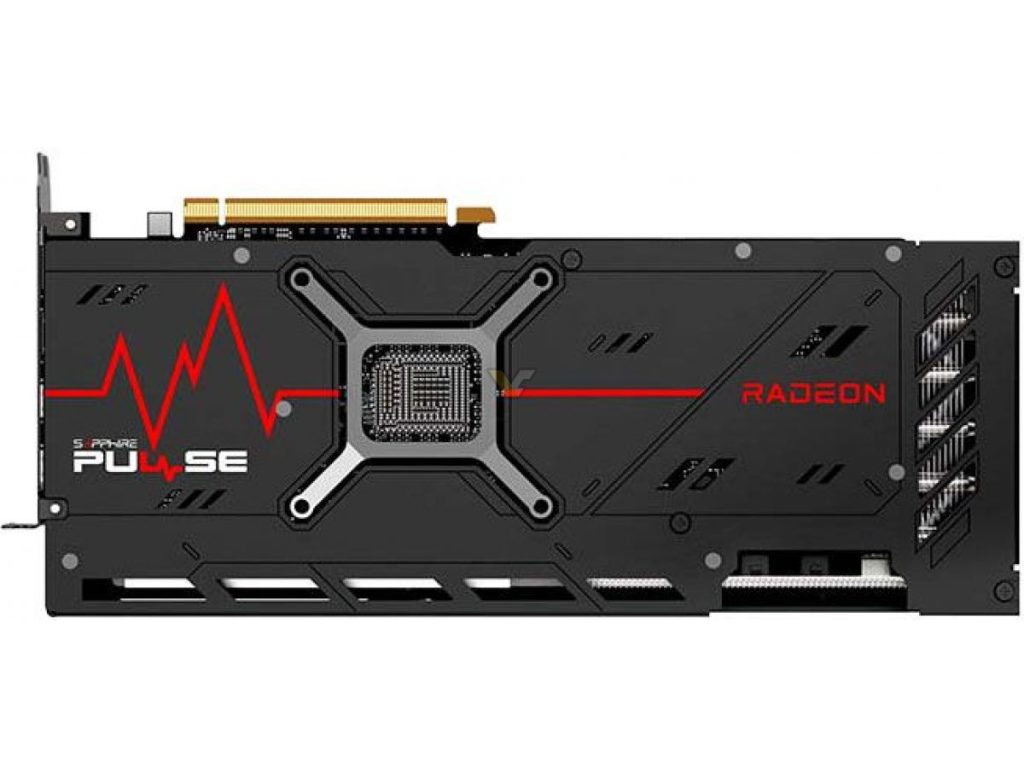Radeon 7900 XTX and XT review: Faster, hotter, and cheaper than the RTX 4080
5 min read
RDNA 3 arrives — Radeon 7900 XTX and XT review: Faster, hotter, and cheaper than the RTX 4080 New $899 and $999 GPUs maintain the status quo in the Nvidia-AMD rivalry.
Andrew Cunningham – Dec 12, 2022 2:00 pm UTC Enlarge / The Radeon RX 7900 XTX’s three-fan cooler.Andrew Cunningham reader comments 187 with 0 posters participating Share this story Share on Facebook Share on Twitter Share on Reddit
Nvidia’s RTX 4080 and 4090 GPUs are amazing performers. They are also amazingly expensive, starting at $1,200 and $1,500 and going way up for cards from partners like MSI, Gigabyte, and Asus. The 4080 is nearly twice as expensive as the original $699 MSRP for the RTX 3080.
These price hikes are caused in part by pandemic-era concerns like supply chain snarls and inflation and partly by a cryptocurrency-fueled boom (now over, blessedly) that encouraged a network of scalpers to snap up every single high-end GPU they could. Also at play was a lack of competition and the increasing cost and complexity of building gigantic, monolithic chips on cutting-edge manufacturing processes. Today, AMD is trying to solve the latter two problems with the launch of its Radeon RX 7900 series GPUs. Further ReadingNvidia GeForce RTX 4080 review: Second only to the 4090for now
At $899 and $999, the RX 7900 XT and RX 7900 XTX are still objectively expensivebut because they’re not a further escalation over the starting price of the RX 6900 XT, both cards are what pass for a bargain in today’s GPU market. If you’re looking for cards that can consistently handle 4K gaming at 60 fps and higher, these GPUs do it for less than Nvidia’s latest, and they’re good enough and fast enough that they’ll hopefully start driving Nvidia’s prices down a bit, too.
But Nvidia still retains some key advantages that complicate an easy David-and-Goliath narrative. These GPUs don’t quite feel like a Ryzen moment for AMD’s graphics divisiona turning point where a scrappy AMD manages to make a big dent in the market share of an entrenched, complacent competitor. But if you can actually find them for their starting prices, they’re the first sign we’ve had in a while that some relief is coming for high-end-but-price-conscious PC gamers. Advertisement Bigger Navi Enlarge / AMD’s chiplet design is visible in this shota large center die with most of the compute resources, and six smaller dies containing cache and the memory controllers.AMD
The RX 7000 series is the third version of the RDNA GPU architecture, also occasionally referred to as “Navi,” after the codenames of the GPU chips themselves. RDNA 3 doesn’t add anything that feels as significant as RDNA 2’s ray-tracing support, but AMD has added plenty of extra hardware and made important under-the-hood changes.
The most significant is a new chiplet-based approach, similar in concept to the one AMD uses for its Ryzen CPUs. Rather than building the entire GPU die on one manufacturing processincreasing the die’s size and therefore the chances that some or all of it could be defectiveAMD is building the main Navi 3 GPU die on a 5 nm TSMC manufacturing process and a series of smaller memory controller dies (MCDs) on a 6 nm process. These chips are all linked together with a high-speed interconnect, which AMD says can transfer data at speeds of up to 5.3 terabytes per second. Further ReadingEverything you need to know about Zen 4, socket AM5, and AMDs newest chipsets
The main graphics compute die (GCD) contains most of the hardware you think of when you think of a GPUcompute units, shaders, ray-tracing hardware, the media encoding and decoding block, and display output. Both the 7900 XTX and XT use the same Navi 31 GCD, but the XTX runs at higher clocks and has more CUs and stream processors enabled. The XTX has 96 CUs and 6,144 stream processors, while the XT has 84 CUs and 5,376 stream processors. Both cards represent a jump up from the Navi 21 die used in the RX 6900 series, which maxed out at 80 CUs and 5,120 stream processors (and that’s before you account for other performance-boosting improvements). Advertisement Enlarge / RDNA 3 brings a little more of everything to AMD’s top-tier GPUs, from CU counts to memory bandwidth. AMD
The MCDs all include a single 64-bit memory controller and 16MB of AMD’s Infinity Cache, and they demonstrate the advantages of a chiplet-based approach. The 7900 XTX has a 384-bit-wide memory bus and 96MB of Infinity Cache, where the 7900 XT has a 320-bit bus and 80MB of cache; to accomplish this, all AMD has to do is remove an MCD. The exact same MCDs can be reused up and down the stack with all of the different RDNA 3 GCDs that AMD chooses to release, from low-end products with a single MCD up to midrange GPUs that use between two and four. Defects in MCD dies won’t require the larger, more complex GCDs to be thrown out or binned, and vice-versa.
In the realm of all-new features for RDNA 3, there are three things of note. First, the GPUs include new AI accelerators, which could be useful both for the plethora of AI-assisted content creation that has sprung up in the last year and for AI-assisted upscaling (if AMD chooses to implement it in some future version of its FSR upscaling algorithm; both DLSS and XeSS use AI for upscaling, but FSR 2.0 doesn’t).
Second, the video encoding and decoding block supports hardware-accelerated encoding for the AV1 video codec, just like the RTX 4000 series and Intel’s Arc GPUs. This should be useful for both content creators and streamers who want to stream higher-resolution video or video at the same resolution while using less bandwidth.
And third, the “Radiance Display Engine” adds DisplayPort 2.1 support to the GPUs. Monitors that take full advantage of DisplayPort 2.1’s extra bandwidth don’t really exist as of this writing, but when they do, RDNA 3 GPUs will be able to drive 4K displays at up to 480 Hz and 8K displays at up to 165 Hz. Page: 1 2 3 4 Next → reader comments 187 with 0 posters participating Share this story Share on Facebook Share on Twitter Share on Reddit Andrew Cunningham Andrew is a Senior Technology Reporter at Ars Technica with over a decade of experience in consumer tech, covering everything from PCs to Macs to smartphones to game consoles. His work has appeared in the New York Times’ Wirecutter and AnandTech. He also records a weekly book podcast called Overdue. Email andrew.cunningham@arstechnica.com // Twitter @AndrewWrites Advertisement Channel Ars Technica ← Previous story Next story → Related Stories Today on Ars





